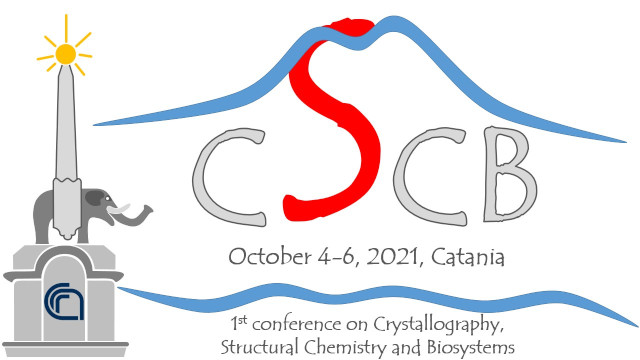Speaker
Description
Proteins involved in copper transport and regulation, such as the human Antioxidant 1 copper chaperone (Atox1), are able to mediate the cellular uptake, sequestration, and efflux from cell of platinum-based drugs, affecting their anticancer activity.1 X-ray crystallographic investigations have disclosed the Pt binding sites of Atox1, and shown that the metal binding site of the Atox1 dimer is partially occupied by a Pt2+ ion, with Cu+ ions completing the site occupancy.2 Thus, the platinum ion is able to replace partially the copper ion, leading to a disruption of the delicate process that regulates copper level in the cell. A further recently published study has revealed the structural mechanisms underlying the interaction between Pt-based drugs and two proteins involved in Cu trafficking (Atox1 and the first domain of Menkes ATPase, Mnk1).3 Crystallographic and nuclear magnetic resonance investigations demonstrated that the kinetic inertness of the Pt(II) derivative imparts a bullet time effect to the fast process of copper exchange between Atox1 and Mnk1, by freezing the Cu(I) ion or hijacking it to glutathione, a physiological antioxidant in the biological matrix. Thus, the anticancer drugs cisplatin and oxaliplatin can interfere with the rapid exchange of Cu between Atox1 and Mnk1, with possible consequences on cancer cell viability and migration.
Acknowledgement
The Italian Ministry for Education and Research (MIUR) is kindly acknowledged for financial support through Project PRIN 2017 (grant number 2017WBZFHL).

